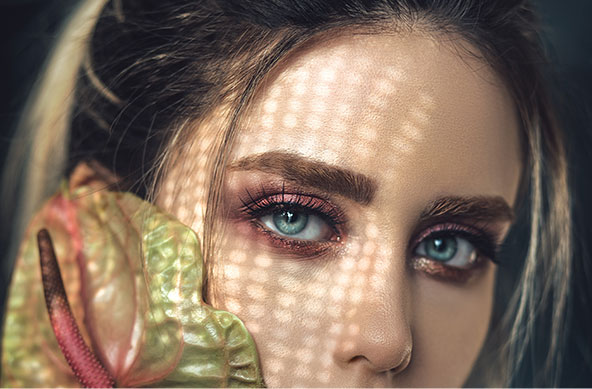What are the problems withtip hair extensions
Hair extensions are a popular way to add length, volume, and versatility to your hair. Whether you want to experiment with a new look or simply enhance your natural hair, hair extensions can be a great option. In this article, we will provide a detailed introduction to hair extensions and discuss various tips to help you make the most of them. Hair extensions come in various types, including clip-in extensions, tape-in extensions, sew-in extensions, and fusion extensions. Clip-in extensions are the easiest to use as they can be attached and removed easily. Tape-in extensions involve attaching thin wefts of hair using adhesive tape. Sew-in extensions are applied by braiding the natural hair and sewing the extensions onto the braids. Fusion extensions use a keratin bond to attach the extensions to the natural hair. Before getting hair extensions, it is essential to consider the quality of the hair. Remy hair, which is human hair collected from a single donor, is considered the highest quality. It retains its cuticles intact, providing a natural look and feel. Synthetic hair extensions, on the other hand, are made from synthetic fibers and are more affordable but may not look as natural. When it comes to selecting the right color, it is important to match the extensions to your natural hair color. You can also opt for extensions that are slightly lighter or darker for a highlighted or ombre effect. Additionally, consider the texture of the extensions to ensure they blend seamlessly with your natural hair. Proper care and maintenance are crucial to keep your hair extensions looking their best. Avoid using heat styling tools excessively as they can damage the extensions. Use a wide-toothed comb or a brush specifically designed for extensions to prevent tangling. Avoid sleeping with wet extensions and always tie your hair in a loose braid or ponytail before going to bed. Regular washing and conditioning are essential to keep the extensions clean and soft. Use a sulfate-free shampoo and conditioner and avoid applying conditioner to the roots to prevent the extensions from slipping. Gently towel dry the extensions and avoid rubbing them vigorously. In terms of longevity, hair extensions can last anywhere from a few weeks to several months, depending on the type of extensions and how well they are cared for. Clip-in extensions can be reused multiple times, while fusion extensions may require maintenance every few months. In conclusion, hair extensions are a versatile and popular option for adding length and volume to your hair. By considering the type, quality, color, and texture of the extensions, as well as practicing proper care and maintenance, you can enjoy beautiful and natural-looking hair extensions for an extended period of time.
If you have any questions, please contact us.
Here are some tips for hair extensions: 1. Choose the right type of hair extensions for your needs. There are various types available, such as clip-in extensions, tape-in extensions, sew-in extensions, and more. Consider factors like your hair type, desired style, and maintenance requirements before making a decision. 2. Consult with a professional stylist before getting hair extensions. They can assess your hair and help you choose the right extensions for a natural and seamless look. They can also provide guidance on proper installation and maintenance. 3. Take good care of your hair extensions to ensure their longevity. Use sulfate-free and gentle hair products specifically designed for extensions. Brush them gently and avoid excessive heat styling or chemical treatments that can damage the extensions. 4. Avoid sleeping with wet hair extensions, as this can cause tangling and matting. Instead, ensure they are completely dry before going to bed or use a silk or satin pillowcase to minimize friction. 5. Regularly wash and condition your hair extensions to keep them clean and free from product buildup. Follow the manufacturer's instructions for the best results. 6. Avoid using excessive heat on your hair extensions. If you do use heat styling tools, use a heat protectant spray and set the temperature to a lower setting to prevent damage. 7. Be mindful of the weight and tension on your natural hair when wearing extensions. Avoid styles that pull too tightly or excessively strain your hair, as this can lead to breakage and hair loss. 8. Schedule regular maintenance appointments with your stylist to ensure your extensions are properly maintained and adjusted if necessary. Remember, proper care and maintenance are key to keeping your hair extensions looking and feeling their best.



